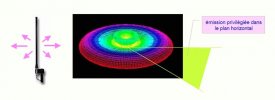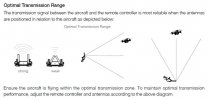Curious to know what success y'all have had using a yagi antenna to extend the signal?
So often finding myself getting a weak signal notification. This last time I flew I looked for the number of GPS satellites connected and couldn't find the setting / information.
BTW, how can I switch from wifi to GPS to cellular? Again unable to locate the these settings after looking through controller and manual.
Thanks in advance
So often finding myself getting a weak signal notification. This last time I flew I looked for the number of GPS satellites connected and couldn't find the setting / information.
BTW, how can I switch from wifi to GPS to cellular? Again unable to locate the these settings after looking through controller and manual.
Thanks in advance






